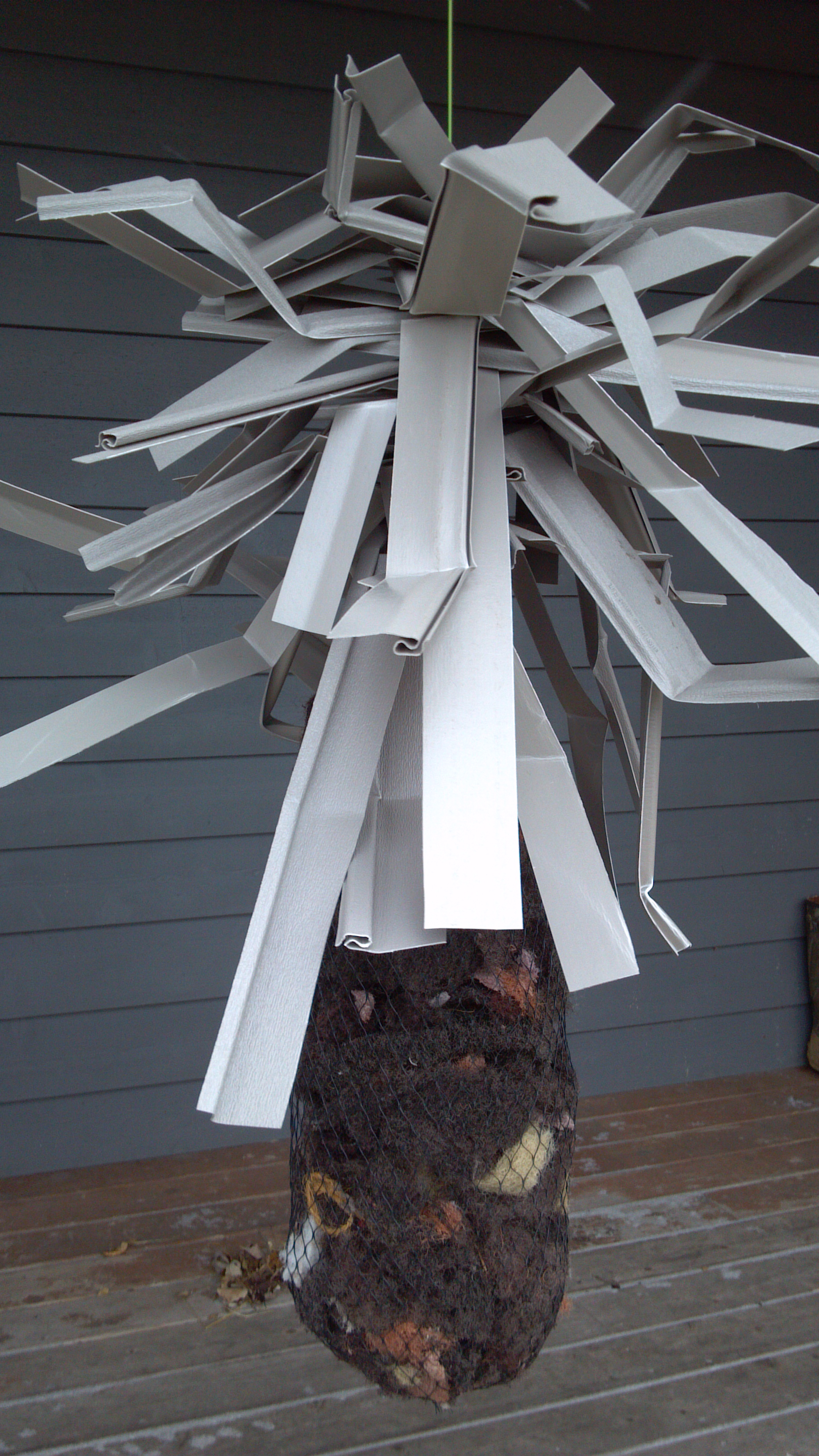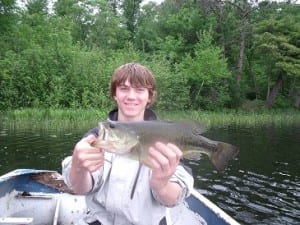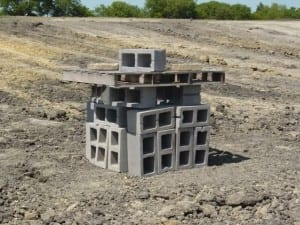Product Description
Growing big fish starts with growing lots of food to feed them. In order for the fry and forage fish to thrive and reproduce, they need mass amounts of food to develop and prosper.
Minnows, small panfish and fry feed on film that grows on surfaces underwater called peripyhton. This magical micro-floral community of bacteria and fungi, protozoa and zoo-plankton, dance together forming this wonderful highly efficient, nutrient converting fish food.
Phosphorus and nitrogen are often the biggest culprits in abundant weed growth and eutrophic waters. Converting these nutrients into fish food and ultimately fish, is not new and has been being used with ongoing success sometimes called brush parks. Create the food source and the fish will come.
The more surface area available, the more food can grow. Weed beds are a good example of surfaces for this film to grow and hiding places for the small fish.
The Hangout is where the smaller fish will congregate and eat this highest form of food available, within the protection of the maze of vinyl limbs that surround the feeder bag.

The plastic mesh feeder bag holds an incredible 400 square feet of surface area from a matrix of woven plastic recycled from drinking bottles. Weighing just over two pounds and approximately ten inches diameter and two feet long, these bags hold the key to fish development.
Over thirty two square feet of flexible vinyl limbs, the same material in all fishiding fish habitat products, complete this protective eating establishment. Dozens of unique habitat models at fishiding.com
Bend limbs and pinch crease with fingers, no tools or additional supplies needed.
Opens to a full 46″wide by 48″ tall, hang at any depth, unit sinks.
Each unit comes with 5.5 pounds of pre-drilled vinyl limbs, ranging in length from 12″-28″ long and 1″-4″ wide with feeder bag with ten feet of mono bait-ball line.
Hang unit from underside of dock or pier for year around fishing action.
Suspend unit from raft or tree limb to keep predators close by your food source.
Attach unit to full size habitat unit or anchor and add foam to feeder bag to add buoyancy.
Tie multiple units together for deep water applications.



